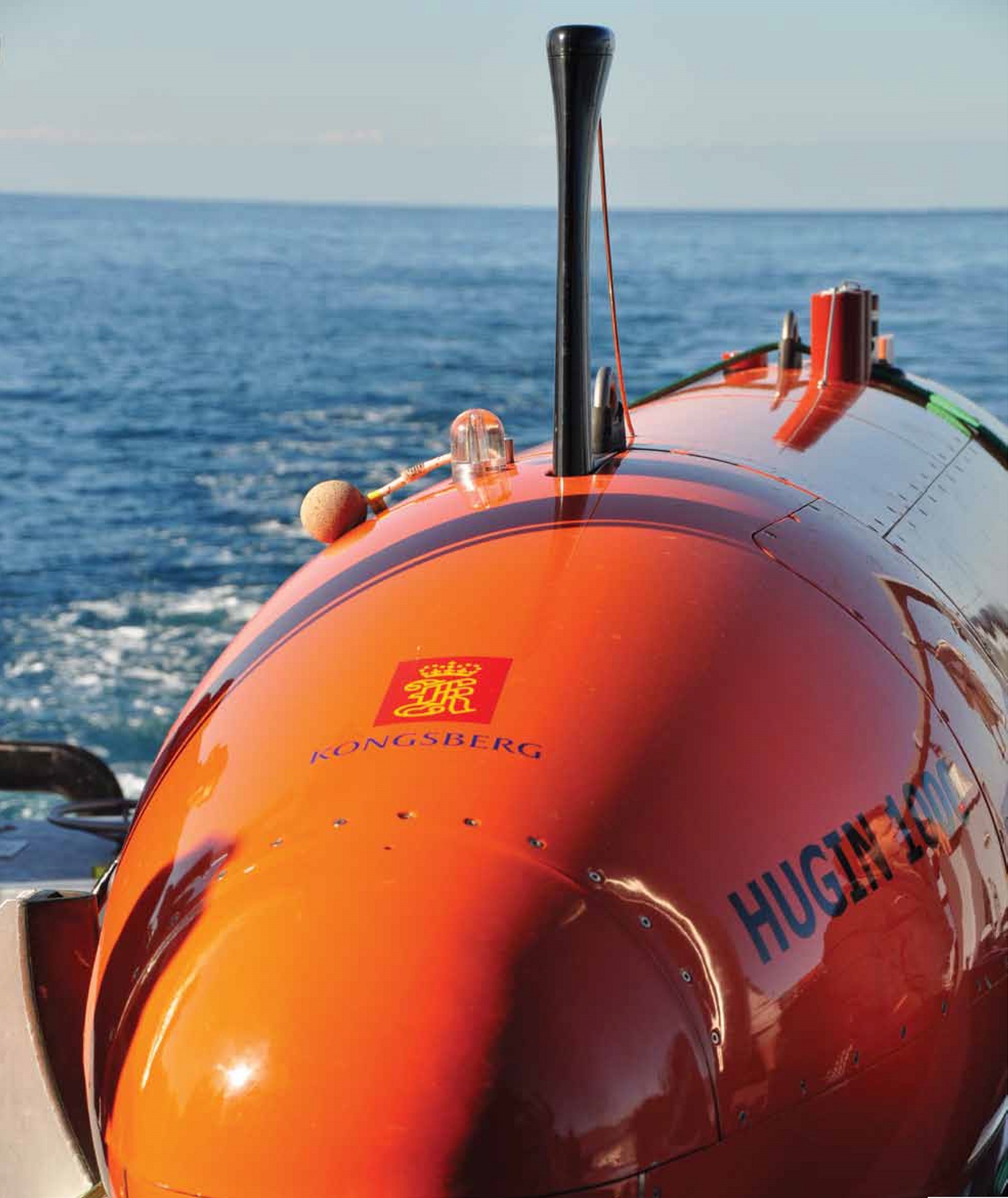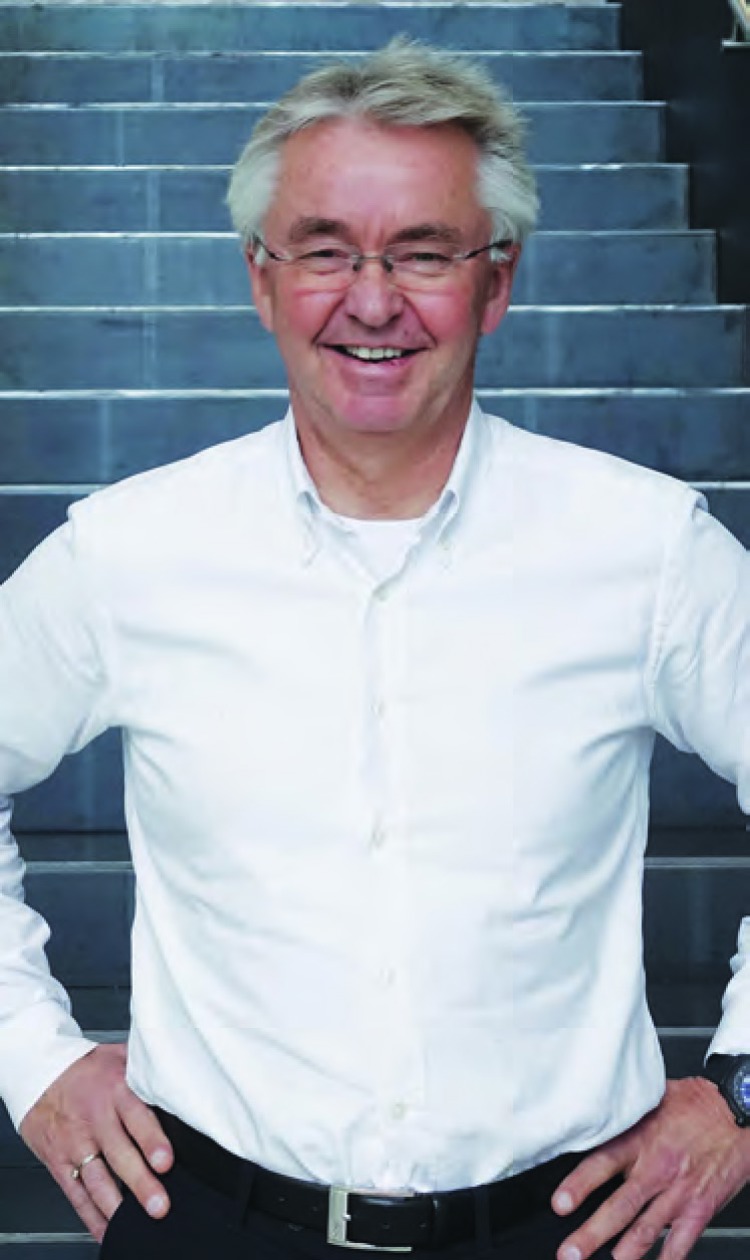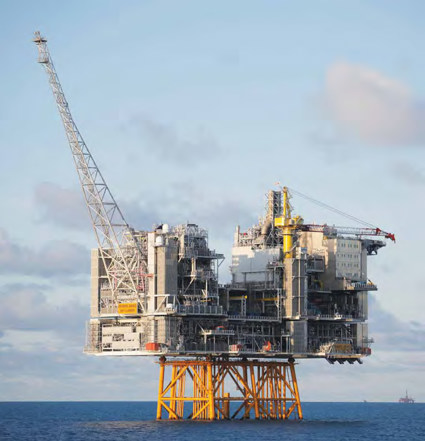
Sometimes bigger is not necessarily better. Lundin Norway has managed to land a couple of solid punches in competition with bigger oil companies, finding major fields where the big guns have backed down. What’s their secret?
-
Text:Kongsberg Maritime Communication
-
Gunvor Hatling MidtbøVice President, Communications
“We find oil where others don’t believe it exists,” says COO Erik Sverre Jenssen in Lundin Norway. “We have a good team of explorationists who know the Norwegian Continental Shelf (NCS) in and out, and they have the freedom to act on that knowledge.”
Exploration manager Halvor Jahre echoes the philosophy: “We are responsible for finding more than half of all new resources on the NCS in recent years. That takes experience, together with new thinking, new exploration models, and new ways to use technology.”
“Our first exploration manager Hans Christian Rønnevik built up a different kind of organisation based on Eastern philosophy,” he continues. “It encourages the knowledge-creating company, embracing freedom of thinking and discouraging hierarchy. It’s a network-based model that allows for an element of chaos, but always working toward a common goal.”
The network philosophy also reaches outside the company. “We have a core of experienced staff with close relationships to the scientific community, including companies, institutions and universities,” Jahre points out. “This allows us to behave like a much bigger company when it comes to trying out new ideas and technologies.”


SNIFFING OUT PETROLEUM
One of the technologies they have tried is Hugin, the Autonomous Underwater Vehicle (AUV) from Kongsberg Maritime. Already listening for oil using seismic methods, and looking for it with well data, Hugin allows Lundin to employ one more of the senses to locate oil: the sense of smell.
“One of the things it does is ‘sniff’ for gas that seeps up to the ocean floor from underground deposits,” Halvor Jahre says. “A lot of this is biogas from deterioration of organic material, but some is gas from petroleum deposits, and this adds valuable information to the overall picture.”
Hugin was from the start designed to be able to serve both military and commercial customers, thus assuring accuracy and durability, but the selling point for Lundin was the flexible payload system. The standard Hugin payload suite is geared toward imaging, with an echosounder, sonar and sensors painting a vivid and detailed picture of underwater features. But Lundin geologist Harald Brunstad wanted to round out the picture in their Barents Sea exploration efforts. “Harald was seeking a holistic approach to data collection, including the water column, the seabed and shallow geology,” Jahre recounts.
The eyes of Hugin have been busy in Lundin’s employ as well. “We have taken over one million pictures with Hugin that we will piece together in a giant mosaic,” Jahre says. “The authorities require us to do environmental mapping, but we are going one step further and providing a full data overview of the submarine surface environment. Hugin is part of a whole package of instruments and tools that allow us to do that,” Jahre says.
DRILL DIFFERENTLY
Once the data is gathered and the decision to drill is made, achieving success is about more than just knowing where to drill. “The reason we have found more oil than others is our commitment to very rigorous data acquisition while drilling. It drives cost, but it gives better results,” Jahre states. “Our statistics are not so good on cost per metre drilled, but when you add the barrels found, then we are doing pretty well,” he smiles.
Much of that comes down to principles. “We are very adamant about taking core samples, but if we hadn’t insisted on being so close to the data, we might not have made one of the most important discoveries in the history of the NCS,” Jahre maintains. He refers to the Edvard Grieg discovery, which in turn led to the discovery of the giant Johan Sverdrup field, to date the fifth largest on the NCS. Jahre recalls the defining moments leading up to the Edvard Grieg breakthrough:
“Our geologists were on deck when the cores came up, and we made sure they were examining core ends as they became available. They observed granite, but in rounded clast form, and that convinced us that we had not hit the basement proper. The logging tools were also giving a totally incorrect picture due to the mineral content, and showing no oil. But the geologists could see that the core matrix was porous, so they kept drilling. Now that core is part of Norwegian history!”

The Edvard Grieg platform – a reward for taking exploration risks.
A SHORTER PATH TO SOLUTIONS
New thinking is one of the traits that has characterized Lundin Norway from the beginning, and it is being joined now by fast growth. “We have built up our production and operation organizations in a very short time, and we could not have done this without experienced people,” says Jenssen. “We know the contractors, and we wouldn’t be able to move so fast without using them in new ways. They know us too, so there is a mutual trust.”
This applies to all phases of Lundin’s business, not least their cooperation with the major exploration service companies, where Lundin has proven their willingness to test new technologies and share their learning. “They have come to like us,” says Jenssen. “Some big oil companies will send 15 people into meetings, none of them with decision-making authority. With us they meet two or three people who know the business and are able to discuss deals.”
It also helps to have owners who understand the nature of your business. “The company was built up around a strong exploration group, but we have owners with the resources and the willingness to take risks,” Jenssen explains. “Remember that the start of our success came in an area that had been acquired and relinquished several times by some very respected companies, and Lundin was still willing to invest in our strategy. Without their support on this move, there would have been no Edvard Grieg, and without that, no Johan Sverdrup.”
STICKING TO THEIR GUNS
Lundin drilled the most wells of any company on the NCS in 2014, and repeated that feat in 2015, despite the fall in oil prices. “We are in a very good position right now,” Jenssen reports. “We have good assets in projects that will give us the cash flow we need to move forward, and we are exploring in attractive areas. Our main strategy is organic growth, and we are not going to abandon that now.”
And they intend to keep getting the most data they can out of each exploration effort. “We would rather drill one less well than sacrifice our strategy,” Jahre confirms. “Testing is expensive, but it is the only way to see away from the wellbore, so we will keep testing.” He gets full backing from Jenssen: “We hate to leave a well unresolved.”
If you are going to succeed where others have given up, you have to bring something different to the table. “You need the right philosophy, the right data, and the right people,” confirms Erik Sverre Jenssen, “and you have to be willing to use the latest technology from the petroleum researcher’s workbench.” One of those technologies, Kongsberg Maritime’s Hugin with a nose for oil, would seem to have found its part in Lundin’s recipe for success.